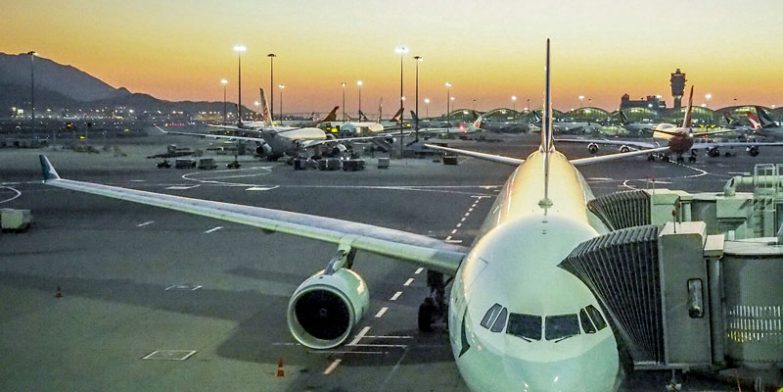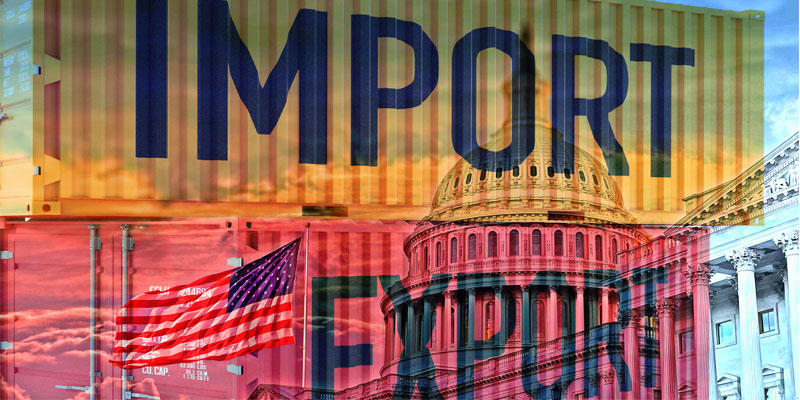
A subdued peak season, followed by a lengthy slack period, will prompt further rate erosion from Asia to Europe, while rising imports have been driving trans-Pacific spot rates up and and the trans-Atlantic market has gone from high-flyer to couch-potato in just a few weeks.
OCEAN
The container shipping lines must be seriously concerned about the deteriorating trading outlook for the second half of the year, as tighter monetary policies dampen consumer demand.
A subdued Asia to Europe peak season, followed by a lengthy slack period, will prompt further rate erosion and wreak havoc on the balance sheets of the carriers, who will need every cent of the profits achieved in the first quarter, to avoid finishing the full year in the red, with Asia-Europe results only being kept in the black by a robust Mediterranean market.
After four months of rising imports from Asia to the United States, reports of cargo-rolling at Asian load ports are emerging, as blank sailings reduce trans-Pacific capacity and three general rate increases (GRIs) have pushed spot rates higher than contract rates.
The delivery of a number of 24,000 teu ultra-large vessels in the coming months, which can only be deployed on Asia-North Europe alliance loops, could start a downward spiral of rates on the trade-lane, unless demand picks up significantly.
The timing couldn’t be worse for the introduction of the new mega-ships and the cascading of incumbent vessels to other trades will put downward pressure on rates on those routes.
With a new container ship order book of 7.60 Million teu, which is equivalent to almost a third of the existing liner fleet, it does look like the carriers are subverting their own market, through excessive capacity injection.
The worst impacts may be avoided by the tactical use of blank sailings and we may see some of the idled capacity sent to yards to get retrofitted for more slow steaming, in preparation for the tightening environmental regulations.
AIR
Airfreight rates declined again in June as demand slows in the quieter summer period, with the Baltic Exchange Airfreight Index (BAI) showing that average rates from Hong Kong to North America are nearly 44% down on 2022, while average rates to Europe are down 40% for the same period.
Rate softening between May and June is not unusual as demand reduces
during the summer holiday period and capacity increases as passenger aircraft belly-hold capacity is added for the summer season.
Prices tend to fall incrementally during the summer before starting to pick up again in September ahead of the summer peak season.
The fall in rates this year also reflects weaker market conditions and while declines do now seem to have plateaued, it remains to be seen if the market will pick up again in September.
Global air cargo tonnages in June show a continuation of the flat trend that started at the beginning of the month, while average rates continue their slight slide.
Asia-Pacific airlines saw their air cargo volumes decrease by 3.3% in May 2023 compared to the same month in 2022, while North American carriers experienced the weakest performance of all regions for the third consecutive month with an 8.1% decrease and European carriers had a 6.7% decrease, that was a slight improvement in performance compared to April.
ROAD
The road haulage and courier sectors have been weathering the economic storm with stable prices, despite the surge in inflation, but now a threat of a mechanics shortage looms and the HGV levy is due to be reintroduced.
Current economic forecasts assume that global economy growth in 2023 and 2024 will be continue to be relatively weak due to high price levels and increased interest rates and could be the two years with the weakest growth rates since the financial crisis, apart from the pandemic year 2020.
The latest TEG Index shows both haulage and courier road transport price indices showing slight increases in June, with diesel prices falling sharply to near parity with petrol.
The average price-per-mile for haulage and courier vehicles dropped slightly year on year by 0.25%, but Month on month, however, the index is up 2.10%, with both haulage and courier prices rising.
Year on year, only courier prices are showing a modest increase of 1.54%, while haulage prices dropped a little, though they could soon leave the extended period of deflation they’ve experienced since June last year.
In March 2023 capacity continued to exceed freight demand, but since the beginning of the second quarter, an increase in freight volumes or a decrease in capacity could be observed, which is in line with the typical seasonal trends for the road freight industry.
Whatever challenges your supply chain may face, our commercial vehicle fleet and the price and capacity agreements we have in place with our long-term partner air and ocean carriers mean that we continue to deliver resilient and reliable supply chain solutions.
Our purchase order management and supply chain tracking technology support the most demanding global trading regimes, providing transparency and control.
EMAIL Andy Costara to learn more and see how our technology can support your supply chain.





